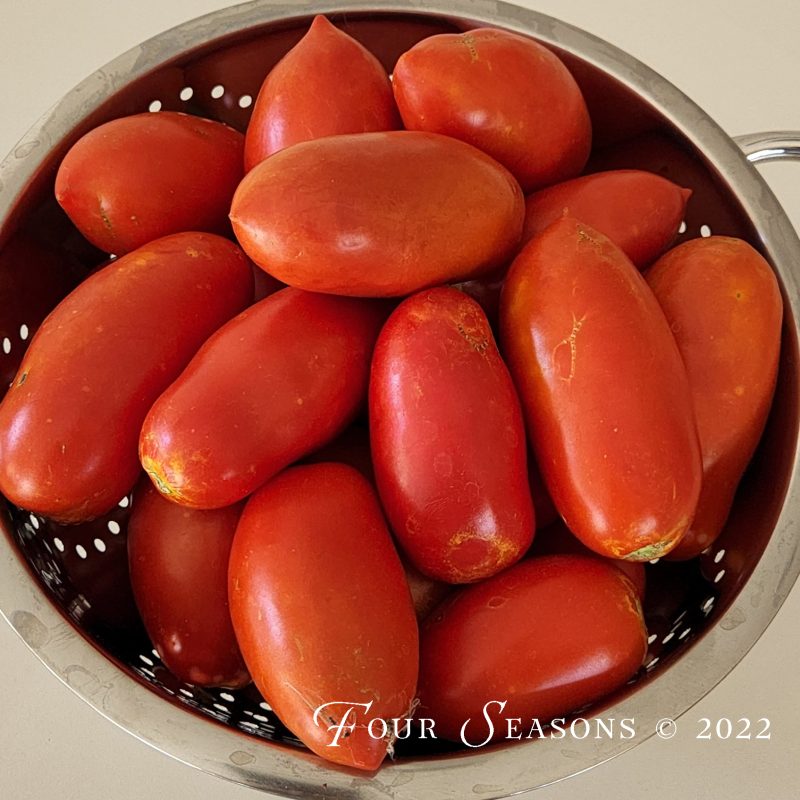If you’ve been fertilizing regularly throughout the summer, your tomato patch probably looks like a jungle right now since the summer rains have arrived. If you are having trouble getting the fruit to ripen because the plants are so bushy and dense, you can try pruning them.
Tomato pruning or topping isn’t talked about much but it’s something we’ve been playing with in the greenhouses on our winter crops the past few years and we’re convinced it is the thing to do to produce a great yield. One thing you need to be mindful of before you begin this process though is whether your plant is determinate or indeterminate. Determinate plants are smaller, bushy, and don’t grow out of control like the indeterminate varieties do. These plants generally don’t need to be pruned. Most of the plants we sell are indeterminate so basically, if it looks like a tomato jungle in your garden right now, you have indeterminate varieties and this technique will work well for you.
There are a lot of reasons to prune your tomatoes. Since you are going to strip out many of the leaves, the plant will be less dense which will increase the airflow. This improved flow will allow leaves to dry more quickly after watering and decreases the chance for diseases and problems like powdery mildew to develop. You should also be able to spot insect issues more quickly since you won’t have the jungle to deal with when scouting for bugs.
As with any kind of pruning, the goal is to eliminate branches that won’t produce any fruit, small or late fruit, and directs the plants energy towards developing the tomatoes which already exist. This results in larger, better quality tomatoes for your harvest.
Perhaps one of the biggest benefits we’ve found in the greenhouses is that pruning tomato plants allows your fruit to ripen more quickly. Since the light and air can reach the fruit, the tomatoes you already have established will develop and ripen faster and more evenly.
Pruning the plants is quite easy. Remove the lower leaves and anything that appears bushy and non-productive. Leave any stems which have fruit on them, or blossoms that look promising for developing tomatoes before the end of the growing season. Take care not to strip the plant down to only leaving bare stems, but the goal is to thin out the overgrown foliage.
If your plants are in cages be sure to remove some of the stems from the center. This will allow air and sunlight to reach the middle of the plant which is also important.
One more housekeeping chore for tomatoes at this time of year is to prune back the growing tips. If you have plants with tips that are still actively growing but haven’t begun to flower or started to produce fruit, then cut them back as well. Chances are they won’t be able to produce tomatoes before the end of the growing season anyway and this is another trick which allows the plant to put its energy and sugars towards the existing fruit.
In the greenhouses we’ve discovered that everything grows better with some light and air. Try it in your home garden this summer for an even heftier harvest!

